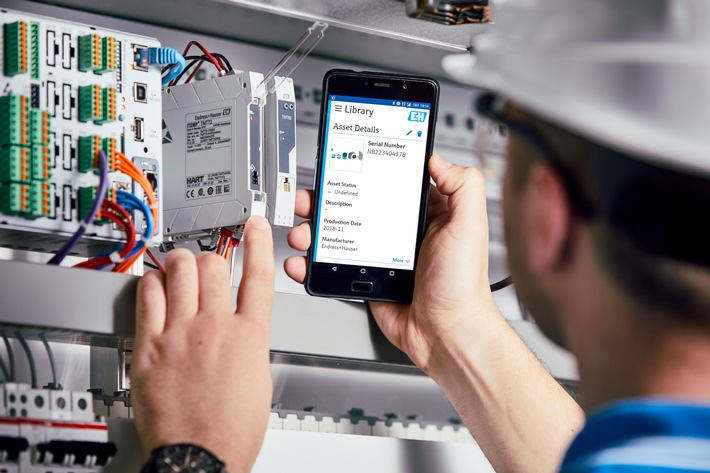Protection for sustainability brands … a game of chance? – SmartBlue
The case: Is the registration of sustainability marks simply a game of chance? Should one get involved in such a game? And when is it even worth investing in a particular environmental brand?
The well-known Swiss supplier of measuring instruments and solutions for industrial process technology Endress+Hauser was soon to find the answers to these questions.

The name SmartBlue seemed eminently suitable as a trade mark for these goods and activities.

Endress+Hauser was a successful company based in Switzerland, where the trade mark SmartBlue had been registered for measuring and monitoring technology. The goods listed explicitly included devices for measuring and monitoring environmental parameters.
The German Patent and Trademark Office, however, put a stop to the trade mark in Germany, because the intention behind SmartBlue was to connote that the devices are in total harmony with the environment and that their production takes place under environmentally neutral conditions. SmartBlue therefore was not capable of being used to distinguish the goods. Endress+Hauser objected to this assessment, but in vain. The Patent Office stood by its ruling and rejected the trade mark in its entirety for use in Germany.
As a result, Endress+Hauser decided to waive the explicit protection of SmartBlue in terms of environmental measurement technology and environmental monitoring. What remained was the protection for general measurement and monitoring technology.
At this point, the Federal Patent Court allowed the trade mark to be registered in Germany.
Was that right? Or did it come down to little more than a roll of the dice? You might need to make up your own mind and draw conclusions in relation to your projects:
The Federal Patent Court first found that the colour indication ‘blue’ was not yet a generally understood environmental term. This was different from other combinations with ‘blue’ that were already used in advertising language, such as ‘BlueTech’, ‘ThinkBlue’, ‘blue efficiency’, ‘blue economy’. ‘Smart blue’, as in SmartBlue, does not say anything about the environmental friendliness of products, including measuring and monitoring devices. The fact that these instruments could also be used to measure and monitor environmental parameters was not immediately apparent simply from the list of goods. It could not be readily inferred from the term SmartBlue that the measuring and monitoring devices remaining in the list of goods were specifically sustainable and environmentally friendly products. The sign was thus capable of being protected as a trade mark.
Rejections in cases involving the colour indication ‘green’ were not relevant, as these colour indications were frequently used in advertising language. In this respect, the consumer already understands much more clearly the reference to environmental properties implied by this term.
Federal Patent Court, order of January 14, 2021, 30 W (pat) 520/20.
Learnings: If you want to develop sustainability-focused brands, make sure that the brand does not immediately and readily refer to the environmental characteristics of the products or services to be protected. To this end, pay close attention to the wording of the list of goods.
Please also read the articles:
Protectability of sustainability brands – GREEN CHOICE
How do you prove sustainability without greenwashing?